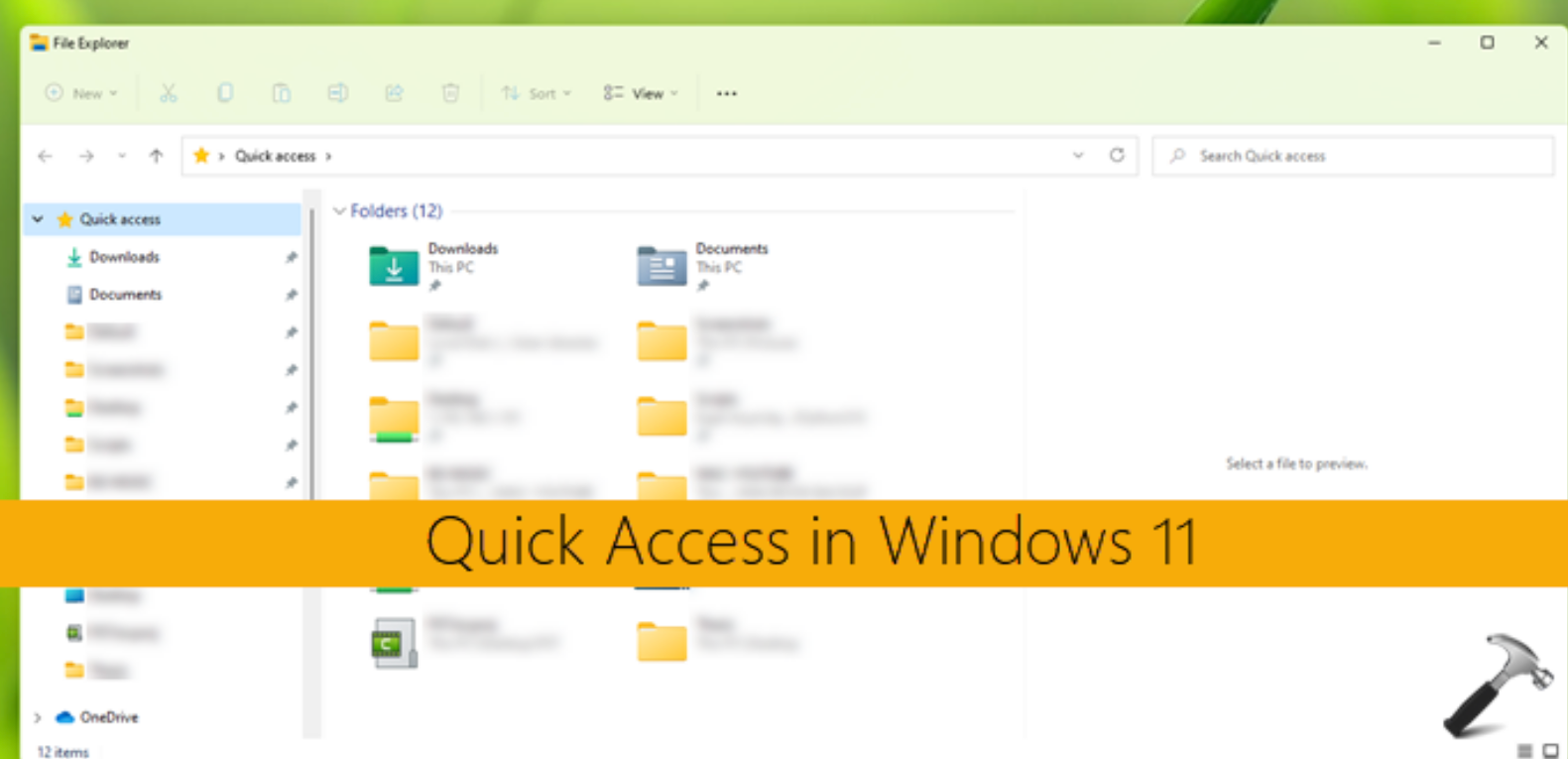We have previously shared the following guide to enable Server Message Block (SMB) protocols in Windows 10:
How To Enable Or Disable SMB Protocols In Windows 10
In above article, we’ve also shared you that SMBV1 is no longer enabled in Windows 10 version 1709 or later. Because SMBv1 is quite old protocol, security threats like ransomware and other malware may use it to creep into your system. So as a precaution, Microsoft has not allowed Windows 10 versions to have SMBv1 protocol enabled by default.
If you’re on Windows 10 V1709 or later, and using the devices supporting only SMBv1 client or server based protocol, you’ll receive following error:
Page Contents
You can’t connect to the file share because it’s not secure. This share requires the obsolete SMB1 protocol, which is unsafe and could expose your system to attack.
Your system requires SMB2 or higher. For more info on resolving this issue, see: https://go.microsoft.com/fwlink/?linkid=852747

You can use below mentioned workarounds to fix this issue:
FIX: You Can’t Connect To The File Share Because It’s Not Secure
This issue is basically due to SMBv1 protocol not enabled on the system. Note that both client and server should have established same protocol for file transfer.
Please refer these steps:
1. Open Services snap-in by running services.msc command.
2. Make sure Function Discovery Provider Host and Function Discovery Resource Publication services are started and running. If not, double click on them and click Start.
3. Ensure that Network Discovery is enabled on your system.
4. If steps 1-3 doesn’t helps you, contact the software vendor for the device which is not allowing file share because of SMBv1. Ask them if they could offer updates to their device with new version of SMB protocol such as SMBv2, or SMBv3.
5 (Updated: 02/10/19). If you’re connecting Windows 10 to Windows Server and facing this issue, you must disable SMBv1 on Windows Server first. Then make sure all the clients connected to Windows Server supports SMBv2. Once the clients confirms SMBv2 standard, you can then update Windows Server and get this issue fixed.
We believe something from above should help you.
Drop us a comment, if you still face the issue!
![KapilArya.com is a Windows troubleshooting & how to tutorials blog from Kapil Arya [Microsoft MVP (Windows IT Pro)]. KapilArya.com](https://images.kapilarya.com/Logo1.svg)







![[Latest Windows 10 Update] What’s new in KB5055612? [Latest Windows 10 Update] What’s new in KB5055612?](https://www.kapilarya.com/assets/Windows10-Update.png)




Leave a Reply